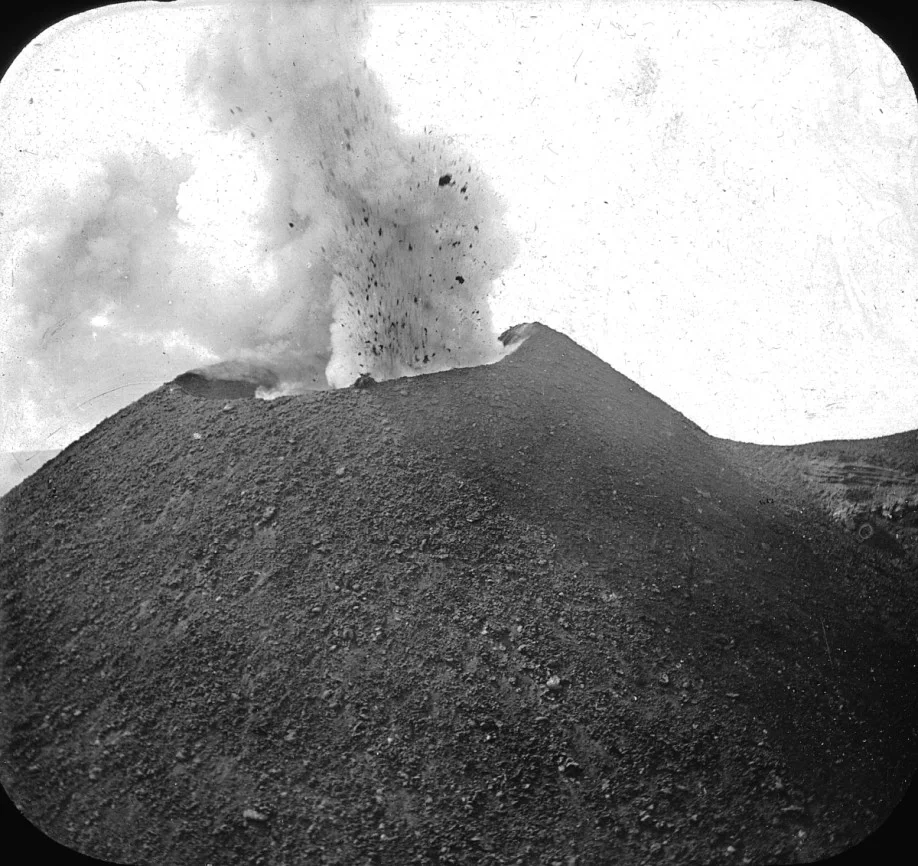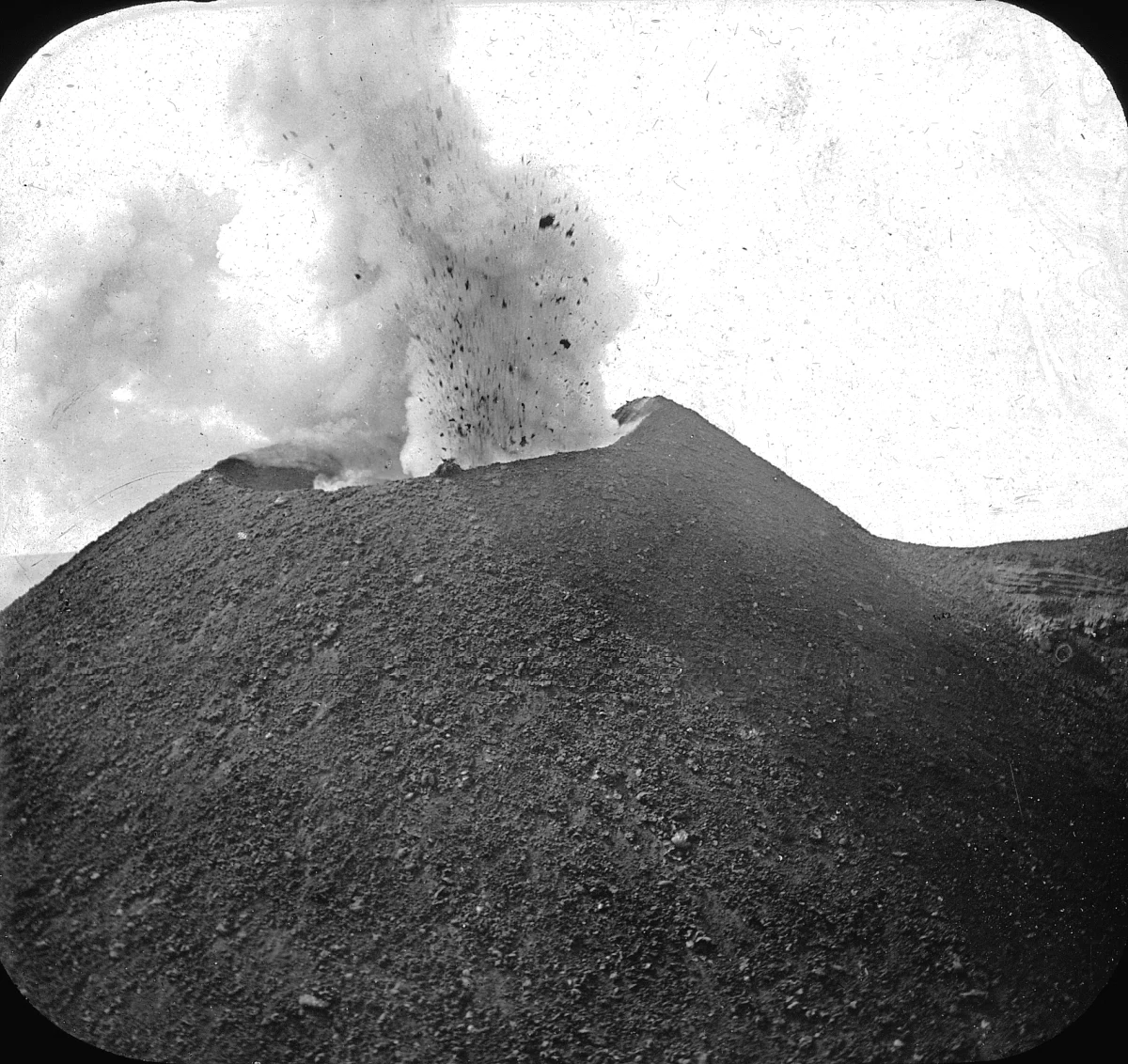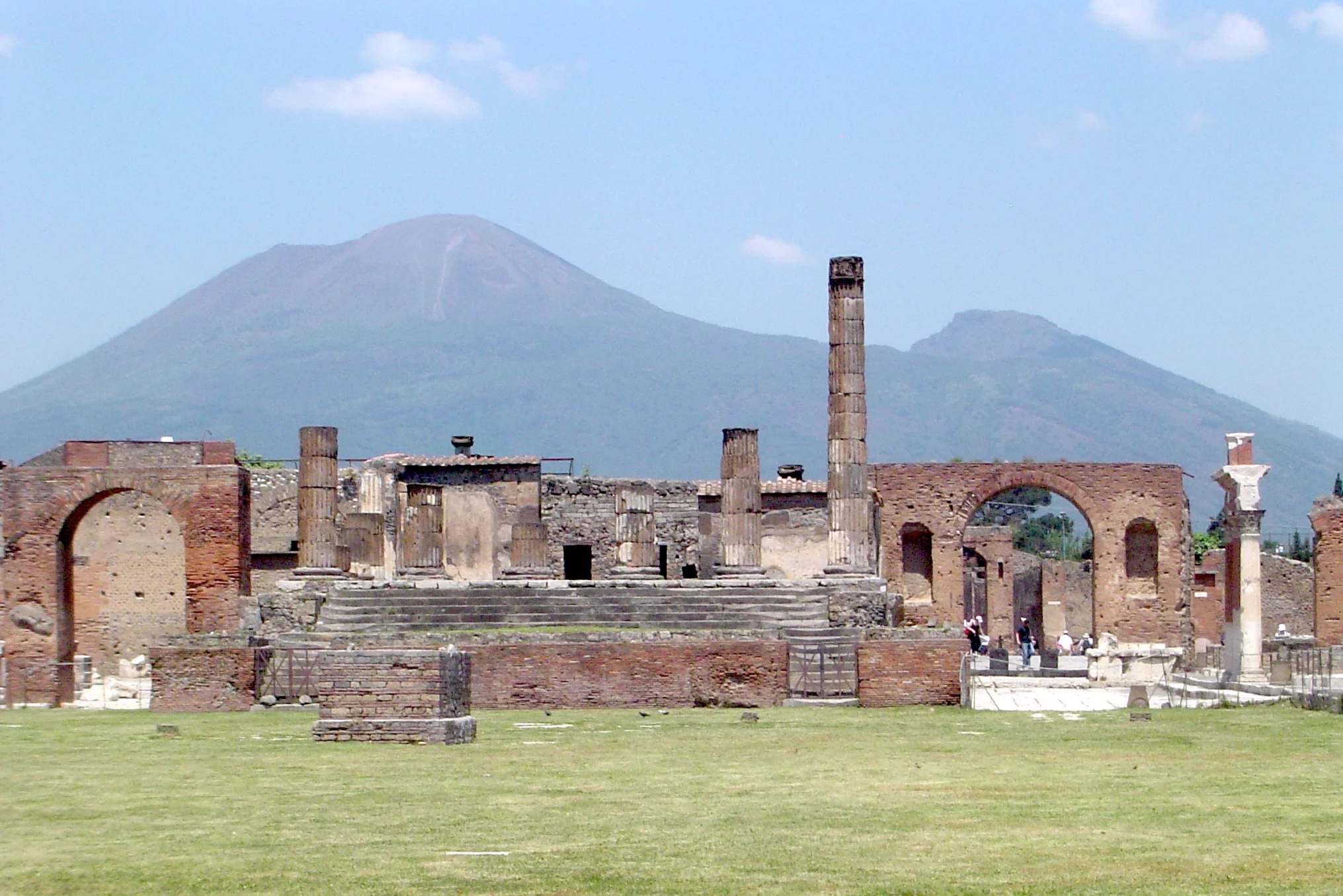
The harrowing eruption of Mount Vesuvius — destroying and embalming Pompeii
On this day in weather history, Mount Vesuvius erupted.
This Day In Weather History is a daily podcast by Chris Mei from The Weather Network, featuring stories about people, communities and events and how weather impacted them.
--
On Thursday, August 26, 79 AD, Mount Vesuvius erupted, killing between 1,500 - 16,000 people.
Mount Vesuvius is located in Campania, Italy, around 9 km east of Naples. Four days before the eruption, small earthquakes shook the area. But the community was used to tremors. The shocks "were not particularly alarming because they are frequent in Campania," wrote Pliny the Younger.

"Vesuvius erupting. Brooklyn Museum Archives, Goodyear Archival Collection." Courtesy of Wikipedia
At approximately 1:00 p.m., Mount Vesuvius erupted, spewing up massive columns of molten rock, pulverized pumice, and hot ash. And tons of it, at around 1.5 million tons per second. The discharge quickly blanketed the area. That night, or early the next morning, the mountain emitted a pyroclastic flow (a fast flow of hot gas and volcanic matter).
The volcanic flow moved quickly as people in the area tried to flee. The dense and blazing flow overtook everything in its path. The remaining population was either incinerated or suffocated. The mountain continued to spew into Friday.

"Pompeii, with Vesuvius towering above." Courtesy of Qfl247/Wikipedia/CC BY-SA 3.0
By the end of the day, the eruption settled, leaving a haze in the area. Vesuvius released more than 100,000 times the thermal energy that was released during the atomic bombings of Hiroshima and Nagasaki.
During 79 AD, the area was a part of the Roman Empire. The eruption obliterated several Roman cities, burying them under all of the ashfall deposits. Pompeii and Herculaneum are the most well-known of these areas.
Since the eruptions, archeologists have excavated the site and revealed insight into the lifestyles of the inhabitants, making it a huge tourist attraction.
The combined population of Pompeii and Herculaneum was more than 20,000, and the remains of approximately 1,500 people have been located. The total death toll of the eruption is unknown.
To learn more about the eruption of Mount Vesuvius, listen to today's episode of "This Day In Weather History."
Subscribe to 'This Day in Weather History': Apple Podcasts | Amazon Alexa | Google Assistant | Spotify | Google Podcasts | iHeartRadio | Overcast'










